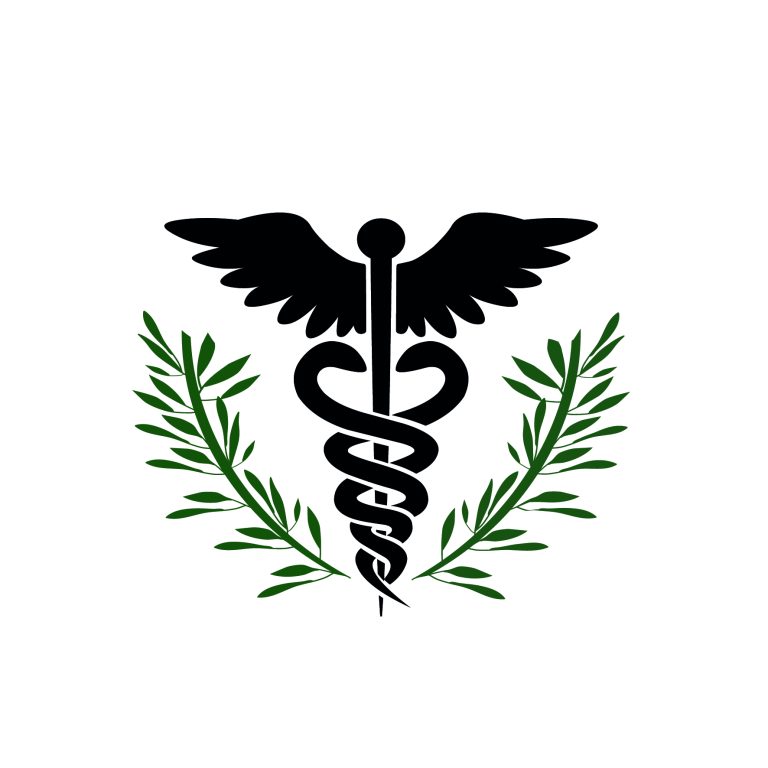EXPANDING THE VA’S PREVENTION RESOURCES TO OUR COMMUNITIES
By Brett W. Copeland
VHPI Executive Director
Over the last two decades, as suicide rates in the US have climbed 33 percent, the rates for veterans who use the services of the Veterans Health Administration (VHA) has remained relatively steady. This relative success in due in large part to the VHA’s state of the art, comprehensive approaches.
Even so, the majority of veterans who die by suicide were not recent users of VHA services. The critical need to reach these veterans is why the ‘President’s Roadmap to Empower Veterans and End the National Tragedy of Suicide’ Initiative is so critical. Like the VA’s new partnership with the National Shooting Sports Foundation and the American Foundation for Suicide Prevention, PREVENTS is an important step in the nation’s efforts to effectively tackle veterans’ suicide where it is most prevalent.
When VHPI submitted its analysis on the the VA’s National Strategy for Preventing Veteran Suicide in July 2018, we appreciated the innovative, public health ideas of the plan. PREVENTS elevates the National Strategy to the level of seriousness and attention it deserves. As a cabinet-level team collaboration between the VA, Departments of Defense, Health and Human Services, and Homeland Security, they’ll be better able to impact all veterans wherever they live.
As we noted in our analysis, the National Strategy’s shortcomings centered on its over- emphasis on community initiatives that could undercut effective VHA targeted efforts. When it was released last summer, the National Strategy never mentioned the need for new appropriations to pay for its public health outreach, leaving the likelihood that funding would be carved out of the VHA budget.
The danger of cannibalizing VHA resources and thus undermining its successful programs still remains. However, the President and VA secretary have hinted that Congress should consider allocating resources for a grant program to fund state and local suicide prevention efforts as part of PREVENTS. Will Congress be amiable to providing additional funding around veterans health as it rolls out the MISSION Act? That would be the right response not only for suicide prevention, but also for new access standards. Mandates like PREVENTS, if unfunded, are likely to decimate the VA’s operating budget and downsize effective Veterans Health Administration programs, including those which prevent suicide.
If implemented responsibly – and by requiring the private sector to meet the rigorous standards of the VHA – PREVENTS could, indeed, make significant progress in preventing veteran suicide. As Frank Larkin, the father of a decorated NAVY Seal and suicide victim, said during the signing ceremony:
“We need a holistic approach with a heightened sense of urgency to push the scientific research. As we develop knowledge — as we experienced with the Manhattan Project and space exploration — we will inform on other disease processes and therapies that will go well beyond the veteran community and vice versa.”
But, as will the Manhattan project and the moon landing, the margin for error is razor-thin.


